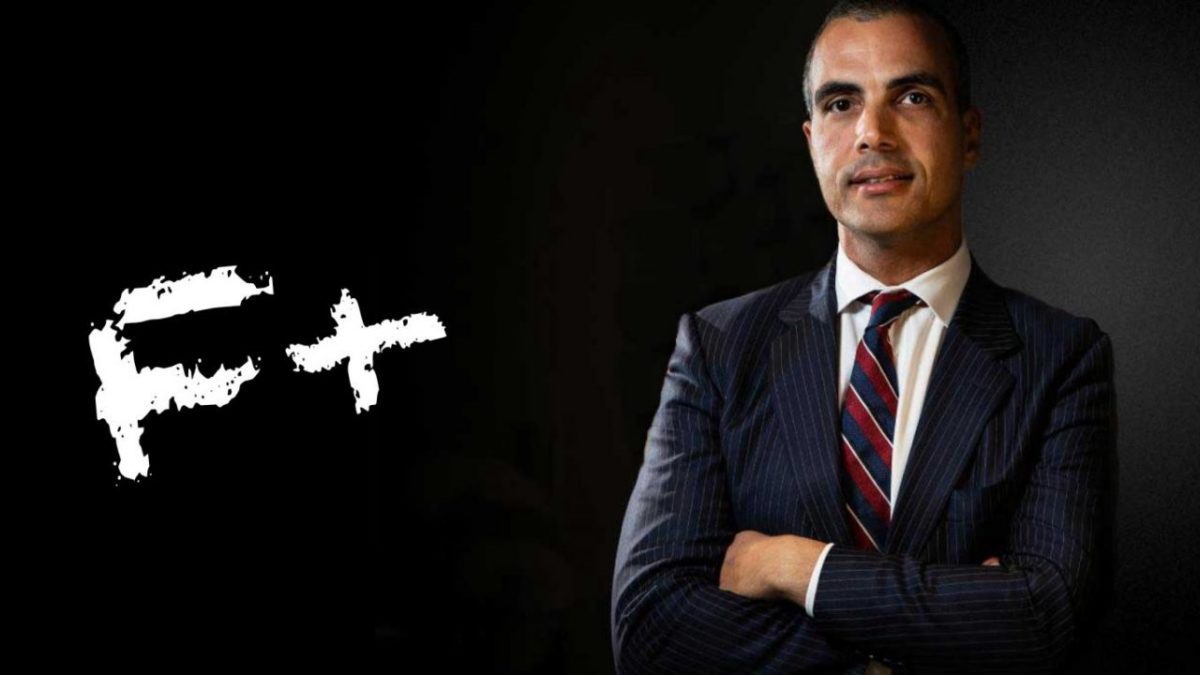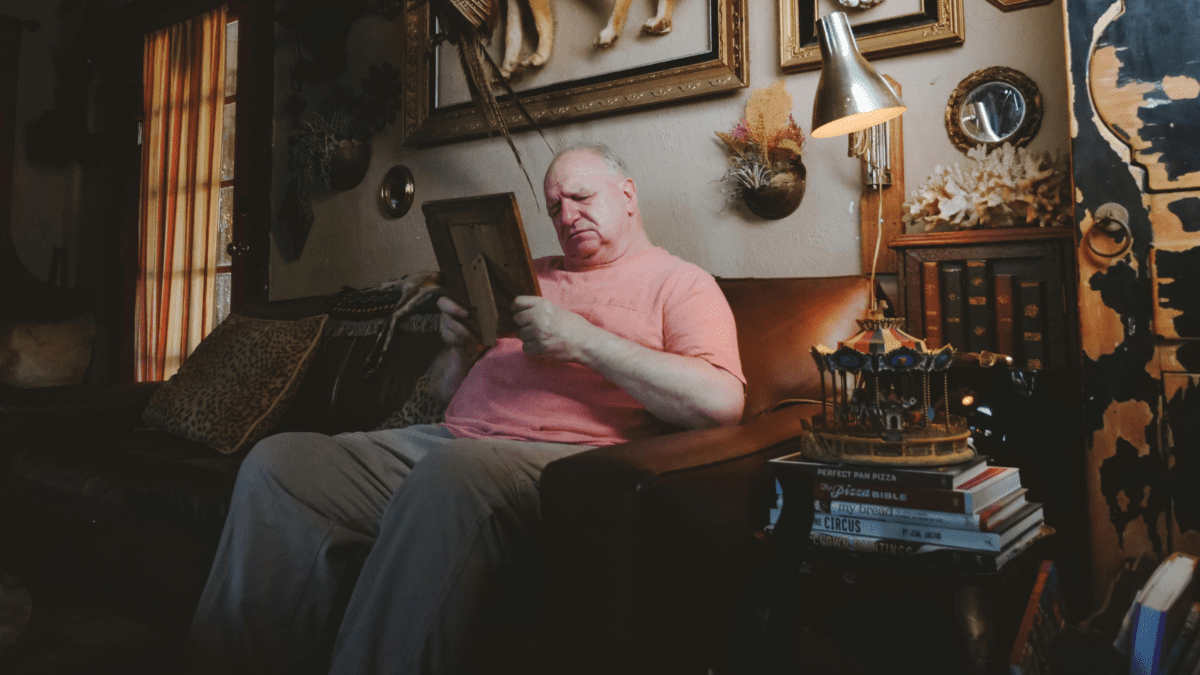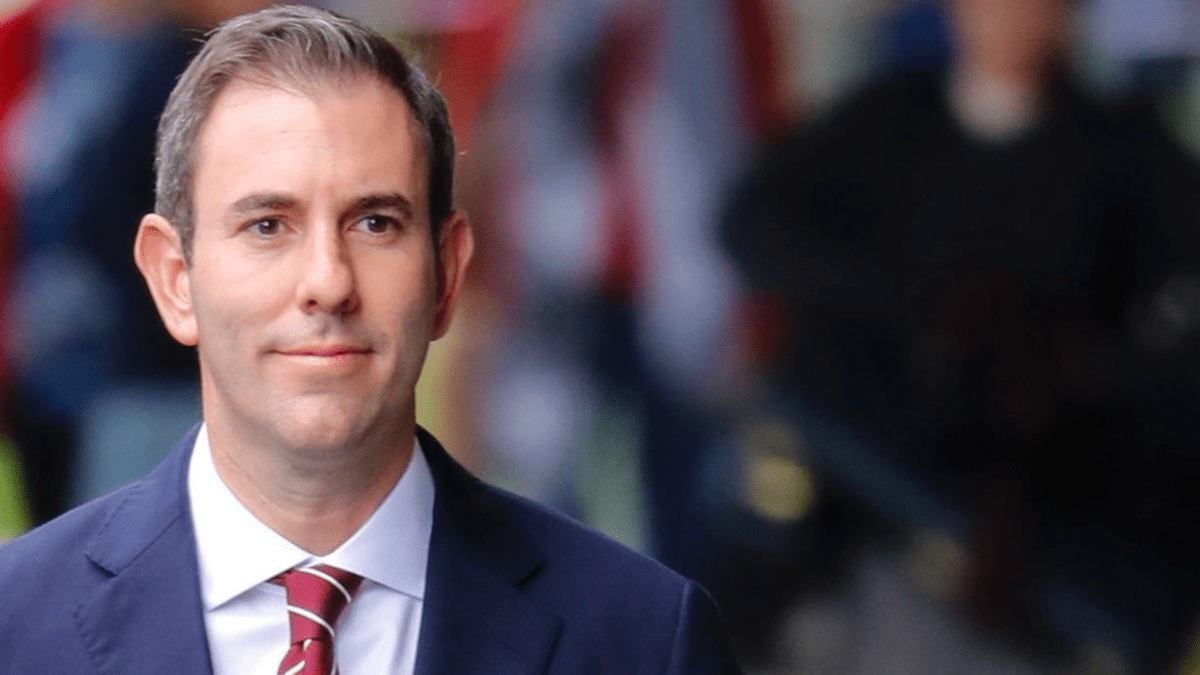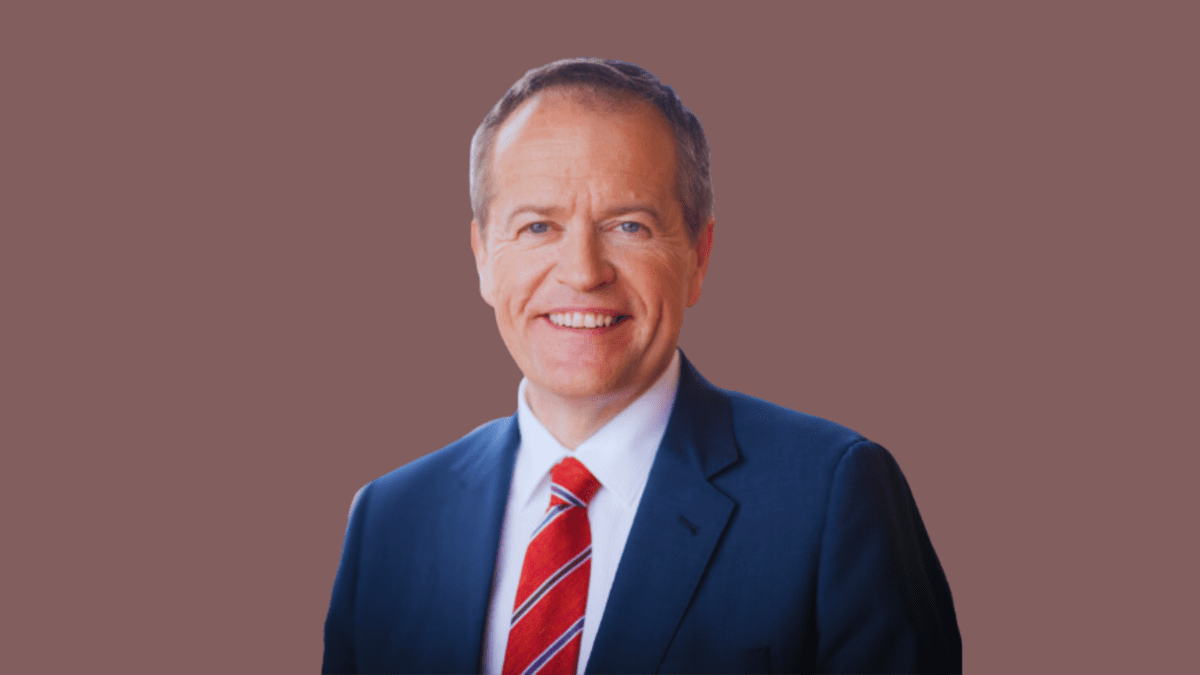‘F’ a Great Grade for Earnings Recovery
The sharemarket has factored-in an ugly FY20 reporting season, with consensus forecasts projecting a 15%-20% decline in company earnings for FY20, hammered by the Covid-19 pandemic and the resultant economic slowdown.
And the consensus is not very optimistic for FY21, either, with flat expectations.
Analysts are possibly a bit too pessimistic, says Hasan Tefvik, strategist at MST Marquee. “June 2020 earnings are going to be bad – they will be down 20% on a 12-month basis. The biggest drag will be the bank stocks, which definitely takes S&P/ASX 200 into earnings contraction territory, of 20%, in our view. These are massive moves in earnings, the biggest we’ve seen since the GFC, and they’re sharper movements, down quickly. But I’m expecting them to rise quickly, as well.”
Tefvik expects a “V-shaped recovery” in Australian company profits. “Bottom-up consensus appears to be looking at minus 1%- minus 2% for June 2021 earnings, on a 12-month basis, basically assuming flat year-on-year. I think that is way too cautious.”
Tefvik has taken a bottom-up approach to assess “what kind of profile” the profits recovery will have at the company level.
“When you look at individual companies, people talk about V-shaped recoveries, U-shaped one and W-shaped ones – but to keep things simple, I’ve assumed six types of recoveries.
When I weight those likely recovery profiles by market capitalisation, the average is a V-shaped recovery,” he says.
U-shaped recoveries are Ok, simply being a less-sharp version of a V-shaped recovery. A W-shaped recovery implies a ‘false’ first attempt at recovery, before a second slump, with full (or close to full) recovery in the end. Tefvik says there will also be some L-shaped recoveries – which are not really recoveries, at least not in the short to medium-term.
“The ‘L-shaped’ recovery is the worst one, where the company suffers from the downturn and then embedded within that downturn there’s structural change, which means it never gets back to its previous level of profitability,” he says.
“The investment banks globally were prone to L-shaped recoveries during the GFC. They had the immediate downturn from the crisis, and because of new restrictions on the amount of leverage they could have, they could never get back to previous levels of ROE. That was their ‘L.’ Investors have to be very wary of companies where their profits are suffering now, and in a new post-virus world, they will struggle to get back to previous levels of profitability.”
There is also the Z-shaped recovery – those are companies that make up for the lost earnings now, later, through pent-up demand or via extraordinary stimulus.
But Tefvik says the very best recovery profile is an ‘F-shaped’ profile – an ‘F’ laid on its back, with its top to the right.
“That’s the opposite to an L, where your earnings benefit from the crisis, and then you’re operating at a higher level of profitability afterwards, as well, for some time. Think Zoom, Netflix, Amazon. There are many such companies in the US.”
Once you understand these kinds of companies and how they will benefit (or not) from the crisis, Tefvik says you can understand why the US equity market has done so much better than the Australian equity market, even though the US economy is struggling with the virus.
“The US equity market is built for a world that is moving to online, and that theme goes through all their big tech companies – Microsoft, Google, Facebook, Amazon, Apple. But it also includes their credit card companies, Visa and MasterCard, as we move to a cashless economy.”
Tefvik can only find two Australian companies that qualify for an F-shaped earnings recovery coming out of the pandemic.
“The first is ResMed. The thesis there is that if the government is rich enough, and the Australian government certainly is, each western world government will take out an insurance policy against this happening again. That insurance policy would be having a healthcare system ready to accommodate a pandemic. That’s the reason why Korea has been able to survive this. It struck Korea quite hard, but Korea had learned from SARS and MERS that it needs a healthcare system that could survive epidemics. They were able to get on top of this quite quickly. That’s more ventilators, for some time to come. Who sells them? ResMed.”
The medical device maker is one of the world’s top five manufacturers of ventilators – which are crucial in the treatment of patients with severe COVID-19 symptoms – and top two manufacturer of bilevels (a sleep apnoea machine that has two levels of airflow pressure) and masks. That has seen it become a crucial player in fighting the pandemic.
The other is logistics and warehouse property giant Goodman Group, which is one of the major landlords across the world for online giant Amazon, its biggest client. The value of e-commerce had increased “exponentially” as a result of COVID-19, and that is likely to only accelerate the take-up of online retail and its gain of market share over brick-and-mortar retail sales.
In Sydney, Amazon’s fulfilment centre is based at the Goodman Centenary distribution centre in Moorebank, while the online heavyweight has struck a deal with Goodman to open a new 16,300 square-metre-plus new warehouse in Brisbane, at Goodman’s Port Industry Park, in time for the busy Christmas period.
E-commerce and technology companies now account for 60%-70% of tenants in Goodman’s $50 billion portfolio.
“Goodman Group captures that move to online, through its association with Amazon. It’s the ‘shed builder’ to Amazon. It’s another ‘F’ recovery candidate,” says Tefvik.










